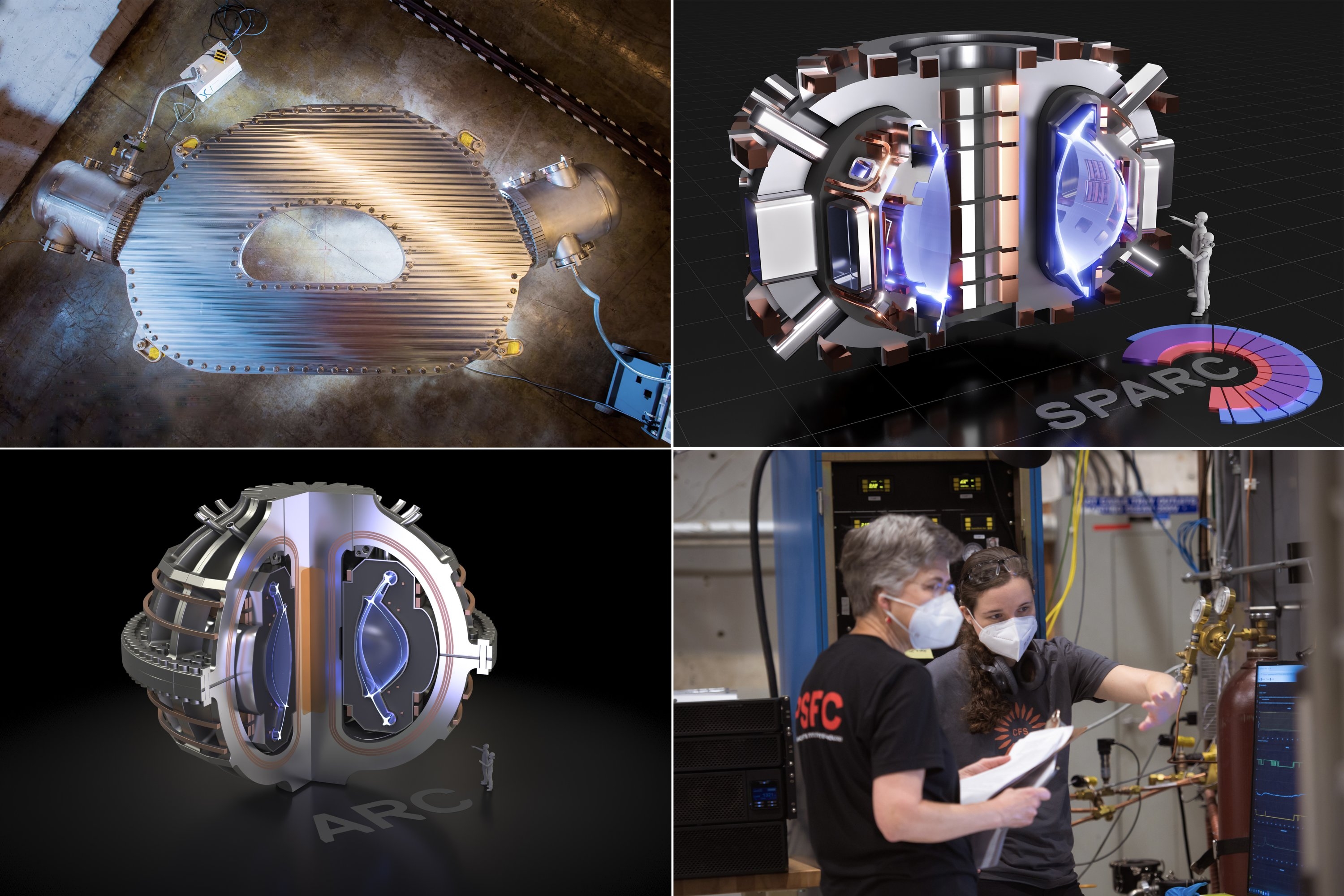Legacy systems should be part of a multicloud strategy
You’re at a multicloud strategy planning meeting. You see the network people, the cloud database group, the cloud security team, even the finops people, but no one charged with maintaining existing mainframes or other older systems. Why?Enterprises that are focused on building the next-generation cloud systems, which are largely multicloud deployments, don’t seem to want to include traditional systems. Typically, “traditional” means most of the systems currently in the data center and usually running 60% to 80% of the core business systems, depending on the company. [ Also on InfoWorld: Which multicloud architecture will win out? ] I don’t think leadership is intentionally leaving people out of the process; this is more a reaction to the fact that this multicloud stuff is complex enough. It does not make sense to make it more complex by including the older systems in the planning.To read this article in full, please click here

You’re at a multicloud strategy planning meeting. You see the network people, the cloud database group, the cloud security team, even the finops people, but no one charged with maintaining existing mainframes or other older systems. Why?
Enterprises that are focused on building the next-generation cloud systems, which are largely multicloud deployments, don’t seem to want to include traditional systems. Typically, “traditional” means most of the systems currently in the data center and usually running 60% to 80% of the core business systems, depending on the company.
I don’t think leadership is intentionally leaving people out of the process; this is more a reaction to the fact that this multicloud stuff is complex enough. It does not make sense to make it more complex by including the older systems in the planning.





































